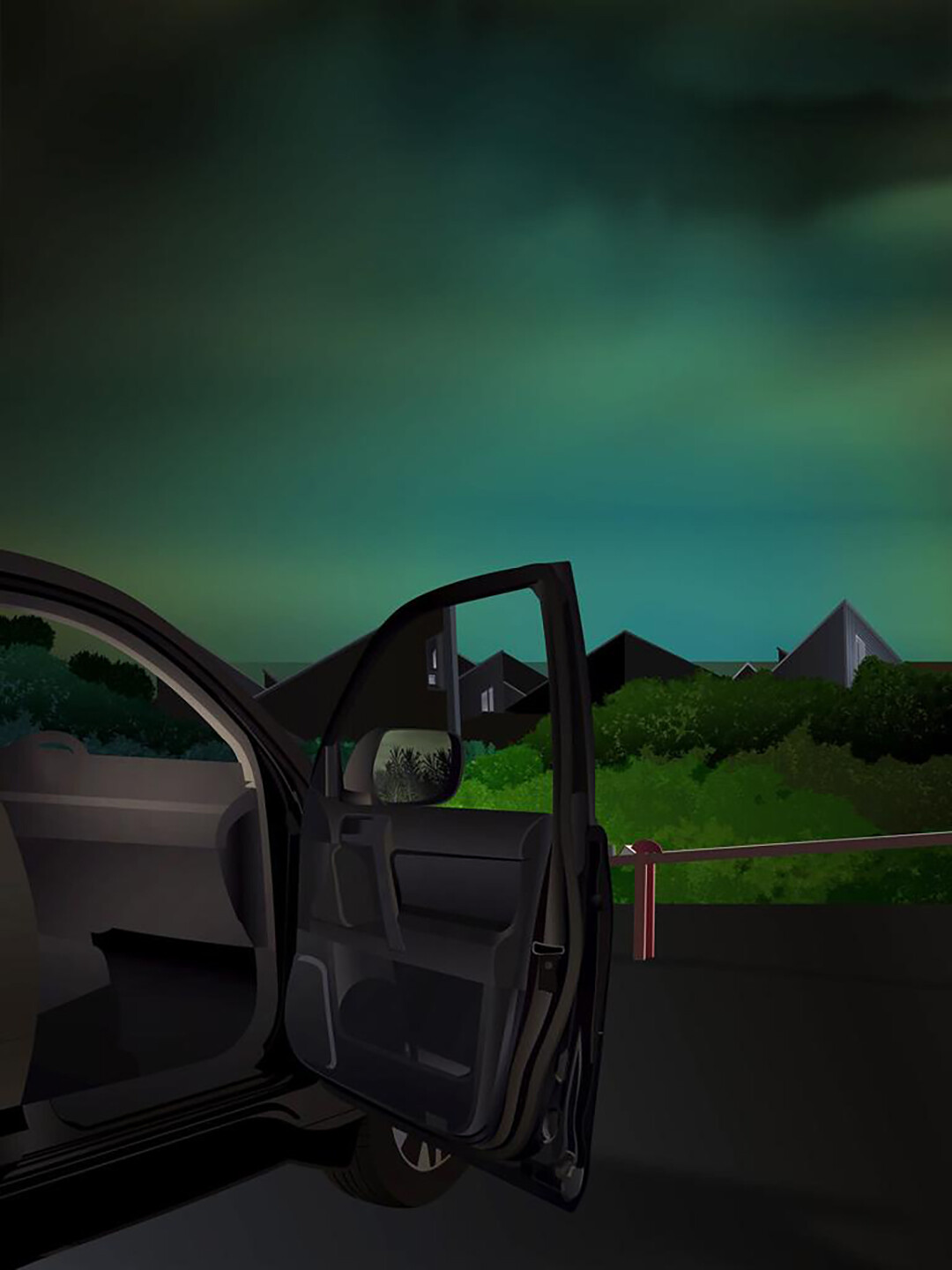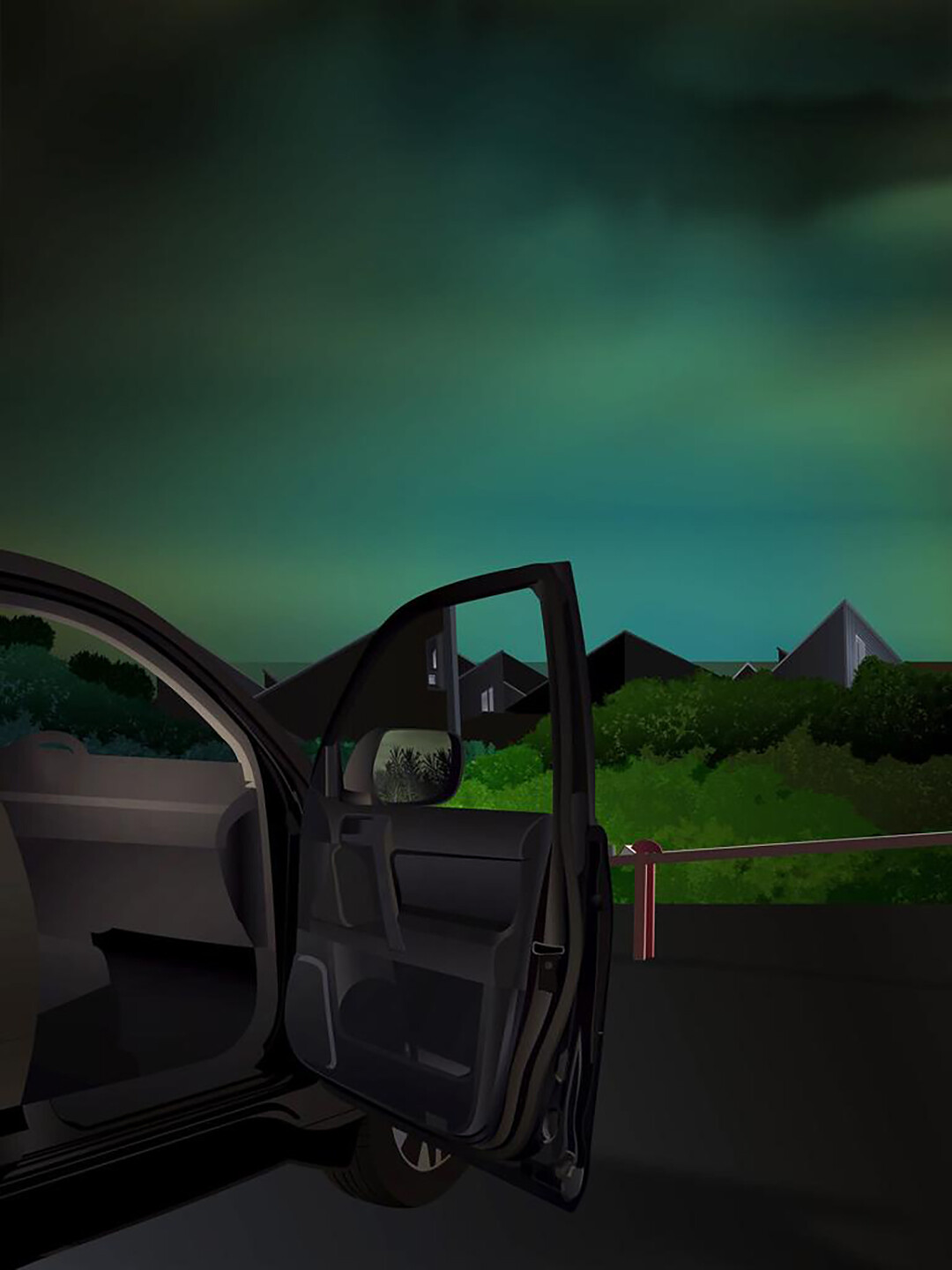De(re)constructed Utopias
May 3–15, 2022
Ab-Anbar Gallery is delighted to announce De(re)constructed Utopias, an ambitious presentation of new and recent works by Marlon de Azambuja and Arash Hanaei. Both artists have gained a substantial international reputation for their works, spanning sculpture, photography, and installation—often exploring themes including urban architecture and ideas of utopia. This will be the first dual presentation by de Azambuja and Hanaei and marks their London debut.
Both artists are fascinated by the universal language of modern architecture and urban planning. They try to reconstruct and deconstruct this universality to reveal a hidden subjectivity within the built environments they come from. In de Azambuja’s works, a site-specific spatial identity is defined through the medium of concrete. This process resembles a long history in non-European countries such as Brazil and Japan where “concrete” architecture emerged from the presence of a universal discourse but turned into an attempt to escape the restrictions of this discourse by adapting it. In all his works, de Azambuja engages with pre-existing things and transforms them into memorable settings of future by the association of a relevant story or a noteworthy past: the previous life of a concrete block, a monument or a host of industrial elements.
Similarly, Hanaei also deals with the past. In his works, the suburbs of Paris become the realisation of Derrida’s theory of “hauntology.” The present is historicised and it is the past that haunts it in the form of the future-to-come. The cities of future are ideas from our past, and the futures that haunt our now were once promised in the past. Nonetheless, the bio-colonisation of Hanaei’s specific housing project on an outskirt of Paris frames a rebirth and hence, the latent but suppressed life in abandoned built forms. This biological uprising goes hand in hand with de Azambuja’s reconstruction of buildings where, “An imaginary city grows up from scratch in London where Brutalism once emerged in the 1950s as a promise for future cities.” Marlon de Azambuja.
What might these future cities look like? In de Azambuja’s work we are presented with multiple possibilities for the architectural spaces he imagines, depicted both as highly detailed architectural drawings and constructed in three dimensions, using brick, concrete and steel. For De(re)constructed Utopias he will create Brutalismo (2022) monumental site-specific work in London brick—spanning the length of the main Pavilion Gallery space. In this work we are confronted with the bare DNA of modern construction, materials which are prosaic but also fundamental, essential and enduring—providing the kernel from which aspirations for future cities might emerge.
Hanaei’s work is inspired by a different kind of “future city”—a built environment which is both humane and ecological. Constructed predominantly in wood, the Pierre-Semmard Housing estate in Paris, is a unique “back to the future” development which reimagines the best societal and functional aspects of the medieval town with its organic flow of streets and communal open spaces but incorporated with a modern eye to ecology and sustainability. The architect, Iwona Buczkowska, was fascinated by the relationships of scale and connection in the natural and built environment, stating (a) “tree is leaf and a leaf is tree—a city is not a city unless it is also a huge house—a house is a house only if it is also a tiny city.”
Following the fate of so many pioneering architectural projects, the Pierre-Semmard has also fallen into neglect and been reclaimed by the natural world it emulates—echoing the scenarios created by writers such as JG Ballard who have imagined our futuristic urban landscapes, recolonized by nature distorted by global warming. Hanaei takes these evocative ideas as his starting point for a sequence of work in video and photographic still which examine the relationship between architecture and public/private spaces—natural and manmade—and how architecture might transport us into future spaces.
Contact: T +44 7747 581470 / info [at] ab-anbar.com









